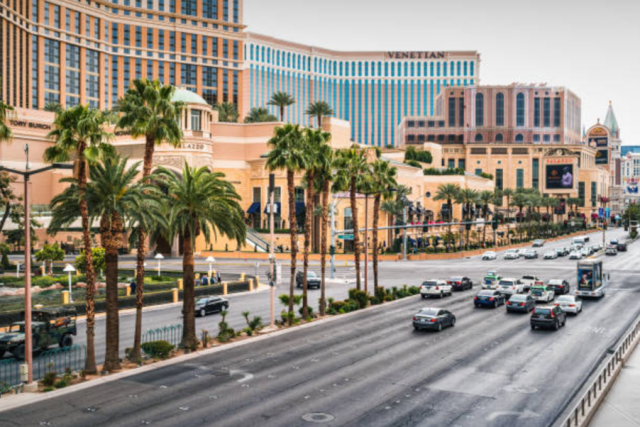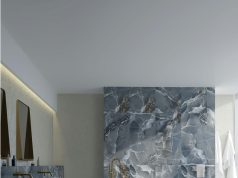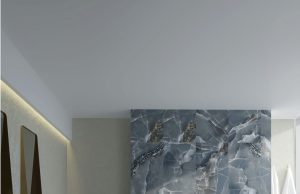
Casinos have long been a hub of excitement and entertainment, offering a blend of gambling, social interaction, and luxurious amenities. But have you ever considered how the design of a casino can profoundly impact your experience as a visitor? Casino architecture goes far beyond mere aesthetics; it’s a strategic blend of psychology, design principles, and functionality that works in harmony to create a unique and unforgettable user experience. In this article, we delve into the fascinating world of casino architecture and explore how it shapes your time spent within those walls.
The Entrancing Exterior: Invitation to the Game
The exterior of a casino plays a vital role in setting the stage for what lies inside. Casinos are often designed to be visually striking, using elements like vibrant lights, impressive facades, and iconic landmarks to draw visitors in. Here’s how the exterior design influences user experience:
- Lighting Magic: The strategic use of lighting enhances the allure of a casino slot. Bright lights, neon signs, and colorful displays create a sense of excitement and energy, even from a distance. The mesmerizing glow of casinos along the Las Vegas Strip, for instance, is a prime example of how lighting can captivate and entice passersby.
- Iconic Architecture: Many casinos are architectural marvels in themselves. From the pyramid-shaped Luxor in Las Vegas to the opulent Marina Bay Sands in Singapore, unique designs become landmarks that attract tourists. The sheer spectacle of these structures fosters curiosity and anticipation, setting the tone for the casino experience.
The Allure of the Interior: Design Elements That Matter
Stepping into a casino is like entering a different world altogether. The interior design is meticulously crafted to create an immersive environment that keeps visitors engaged and entertained. Here are some key aspects of casino interior design:
- Layout and Flow: Casino floors are deliberately designed to lead visitors through a journey of games and entertainment. The layout is often labyrinthine, featuring winding paths that guide players from one gaming area to another.
- Color Psychology: Colors play a crucial role in shaping the casino atmosphere. Warm colors like red and gold evoke feelings of excitement and opulence, while cool colors like blue and green create a sense of calmness. Casinos strategically use this knowledge to influence visitors’ emotions and behaviors.
- A Symphony of Sounds: Have you ever noticed the gentle hum of excitement and chatter on a casino floor? The ambient sounds are intentionally curated to maintain an energetic ambiance without being overwhelming. Slot machines chime, cards shuffle, and laughter resonates, creating a symphony that enhances the overall experience.
- The Grandeur of Ceilings: Casinos often employ the use of high ceilings with intricate designs or captivating artworks. This design choice serves multiple purposes. It creates a feeling of spaciousness, prevents a sense of confinement, and draws visitors’ attention upward, where they might notice more gaming options or visually stunning features.
The Psychology of Placement: Gaming Machines
Every inch of a casino is strategically planned to optimize engagement and enjoyment. The arrangement of gaming machines, tables, and amenities is far from random – it’s science-backed by psychology. Here’s how placement plays a role:
- Slot Machine Arrangement: the judi slot machines, a staple of casinos, are placed with precision. Popular machines and those with higher payouts are often strategically placed in areas with high foot traffic. This not only showcases winners to attract others but also encourages players to try their luck on the way to their preferred game.
- Table Game Dynamics: Table games like blackjack, poker, and roulette are often arranged to encourage social interaction. These games are usually placed close to bars, lounges, or other communal spaces, creating an environment where players can engage with others even if they’re not actively gambling.
- Amenities and Distractions: Beyond gambling, casinos offer a variety of amenities to keep visitors engaged. Restaurants, bars, shopping areas, and entertainment venues are placed conveniently to encourage guests to explore different parts of the casino complex.
The All-Encompassing Resort Experience
Modern casinos are not just about gambling; they are designed to provide a comprehensive resort experience. The architecture seamlessly integrates various elements to cater to a wide range of preferences:
- Luxurious Accommodations: High-end casinos often boast luxurious hotels as part of their complex. These accommodations are designed for comfort and opulence, offering a lavish retreat for visitors looking to relax and unwind.
- World-Class Dining: The culinary aspect is meticulously woven into the casino experience. Fine dining restaurants, celebrity chef eateries, and international cuisine options cater to various tastes, making dining an integral part of the visit.
- Live Entertainment Venues: Many casinos feature entertainment venues that host concerts, shows, and events. These spaces are designed to offer excellent acoustics and optimal views, ensuring an enjoyable experience for the audience.
Conclusion
In the world of casinos, architecture is more than just a backdrop; it’s a driving force that shapes the entire user experience. From the moment you lay eyes on the captivating exterior to the time you spend exploring the meticulously designed interior, every aspect is carefully curated to create a memorable and engaging visit. Casino architecture seamlessly blends psychology, aesthetics, and functionality to offer an experience that transcends the boundaries of mere gambling, making every visit an adventure of its own.













